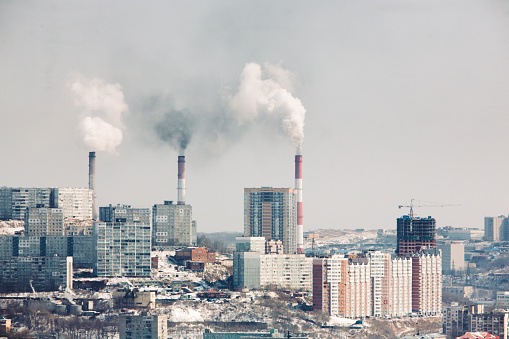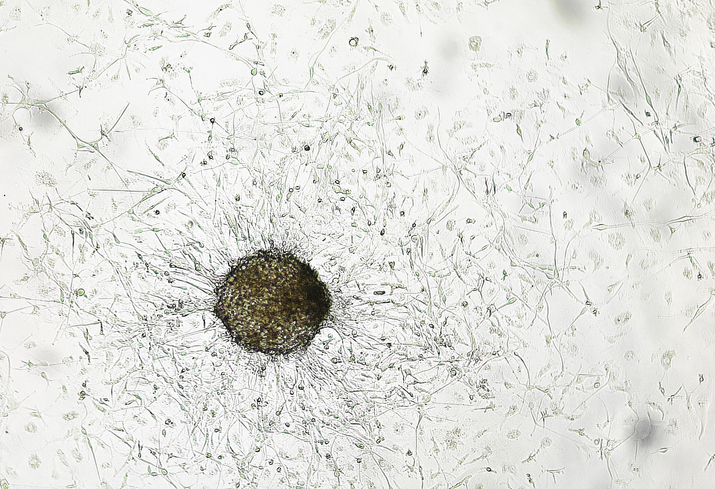
Air pollution significantly increases the risk of hospitalizations in childhood cancer survivors, according to a case-crossover study published in the International Journal of Environmental Research and Public Health.
Cancer survivors may experience long-term detrimental health issues related to their cancer treatment, particularly pulmonary-toxic properties that increase the risk for adverse respiratory health outcomes.
Researchers from the Huntsman Cancer Institute and University of Utah sought to assess the correlation between air pollution sensitivity in these patients based on the type of cancer treatment received. They examined the medical records of 3,819 childhood, adolescent, and young adult cancer survivors diagnosed or treated at Primary Children’s Hospital in Utah between 1986 and 2012. They assessed when and how often the survivors required emergency department treatment or were admitted to a hospital in Utah due to respiratory illness. Researchers calculated three-day-average air pollution (PM2.5) by ZIP code and county.
Patients were categorized based on treatment: patients with cancer who received chemotherapy, patients with cancer who did not receive chemotherapy, and a control group of individuals who did not have cancer.
Among the patient cohort, 185 individuals had a total of 335 respiratory events, which is higher than usual.
https://twitter.com/Connealy_MD/status/1121200401641082880
Pollution and hospitalizations high in chemotherapy-treated patients
The risk for respiratory hospitalization was significantly higher among survivors who received chemotherapy compared with those who did not have cancer. In addition, 90% of events occurred at three-day PM2.5 averages less than 35.4 µg/m3, which is the National Ambient Air Quality Standard 24-hour standard. This suggests that PM2.5 levels below this standard may still contribute to respiratory problems for cancer survivors.
Among survivors, PM2.5 was associated with respiratory hospitalizations (odds ratio [OR] = 1.84; 95% CI, 1.13-3.00) and hospitalizations from respiratory infection (OR=2.09; 95% CI, 1.06-4.14). Among chemotherapy-treated survivors, the PM2.5-associated odds of respiratory hospitalization (OR=2.03; 95% CI, 1.14-3.61) were significantly higher than the cohort that did not have cancer (OR=0.84; 95% CI, 0.57-1.25).
Survivors of childhood cancers may have higher vulnerability to high levels of PM2.5 because of lung damage and potential immunosuppression resulting from cancer and treatment with chemotherapy, the researchers noted.







 © 2025 Mashup Media, LLC, a Formedics Property. All Rights Reserved.
© 2025 Mashup Media, LLC, a Formedics Property. All Rights Reserved.